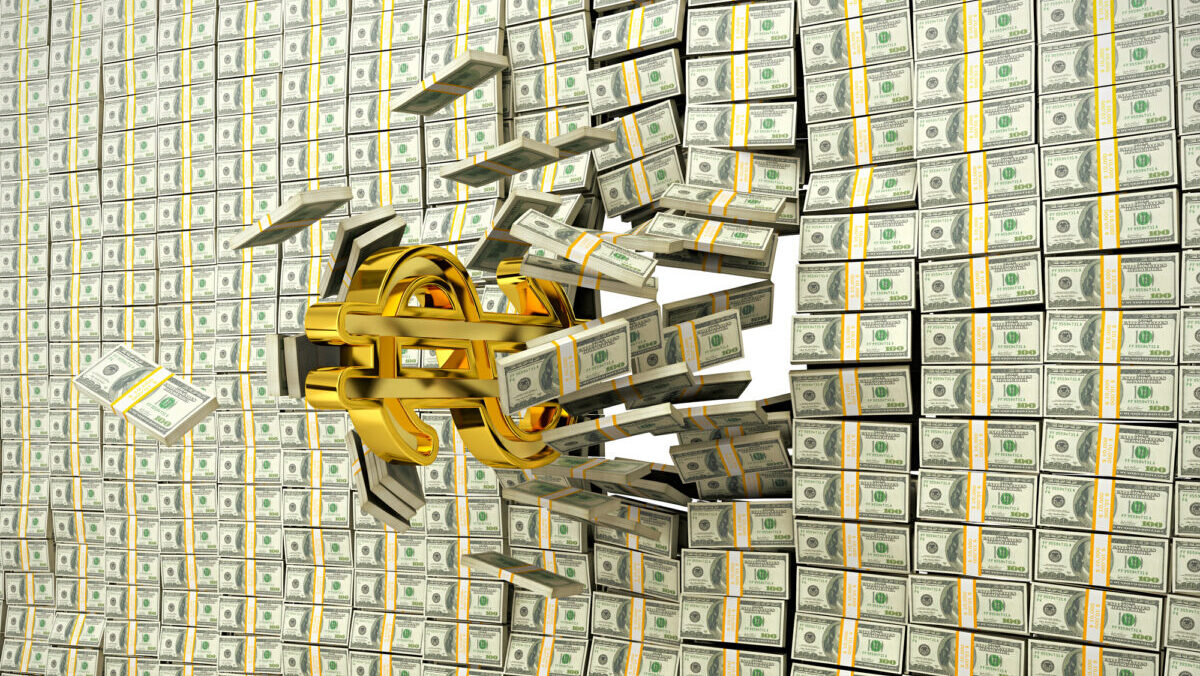Lithium is rivalling iron ore for the money producers will spend to increase production despite prices falling off a cliff
Canberra forecasters continue to see prices upwards of US$2000/t for spodumene
But export values will drop from last year’s record highs
As much as $7.2 billion of Australian lithium projects are still in the pipeline to be delivered in the coming years even as prices come off, shaking government forecasts that the battery metal would stay higher for longer.
Two separate but always important reports from the Australian Department of Industry, Science and Resources’ office of the chief economist today have outlined the very significant opportunities and risks facing the emergence of Australia’s battery metals sector.
It comes hot on the heels of the announcement of new entrants to Australia’s critical minerals and — for the first time — strategic minerals lists, roundly criticised by key figures in the mining sector.
The conundrum is thus: Demand for the commodities key to tech like electric vehicles and renewables continue to grow on just about any metric.
But supply, heavily influenced by China, is rising faster. That could put a cloud over future Aussie developments in nickel, copper, rare earths and lithium.
As of the moment the chief economist’s annual index of resources and energy major projects, shows oil and gas projects continue to be the biggest contributors to Australia’s resources construction spend.
As much as 46.5% of the $77.4b committed across 86 projects are in the fossil fuel field (with another 5.9% in coal).
But when it comes to metals lithium, iron ore and gold are going to be the biggest spenders, with $7.2 billion to be spent across four committed projects in iron ore and $7.2b across nine in lithium, with $6.6b committed across 12 gold projects.
46 projects worth a combined value of $29.5b are also at the advanced feasibility stage, heavily weighted towards rare earths (with 23 projects for $9.6b in the cryptic but rare earths dominated other commodities category, where 12 projects have been committed worth $5.6b).
While old world commodities may seem dominant, iron ore, coal and gas have come down from 82% of committed projects in 2023 to 62% in 2022.
What’s the downside?
The new Resources and Energy Quarterly from the very same office of the chief economist is out today, and it’s been forced into a massive revision of its lithium forecasts after the metal really bared its volatility in recent months.
Future spodumene prices have been revised down 5-10% for each year of the department’s outlook period, with lithium hydroxide prices revised down 10-30%.
In 2022-23 record prices saw Australian spodumene producers rake in a massive $20.1 billion in revenue, up from under $5b just one year earlier.
This year that will dip to $13.9b, before higher production sees that rise to $15.2b in 2024-25.
But forecast prices are now well above spot levels, especially given the lag between when the report was written and the sharp drop in spodumene in the past couple months.
Canberra sees spodumene paying US$2300/t next year and US$2200/t in 2025, with lithium hydroxide to fech US$31,066/t and US$29,715/t respectively.
They separately say prices could stay depressed until a supply glut plays out in 2025.
“This appears to have already incentivised some production cuts, with reports that some higher-cost producers, such as lepidolite miners in China, have become unprofitable and cut production,” Canberra’s research goblins say.
“However, most lithium producers will remain profitable at current prices and continue to produce. In Australia, the five largest lithium mines (covering 99% of Australian spodumene production) reported their average costs of production per tonne over the 2022–23 financial year to range from A$670 to A$1225.
“Notably, these estimates are based on costs reported by mines and does not account for differences in the lithium content spodumene.
“In terms of risks for the price forecasts, there is an unusually high degree of uncertainty. The lithium market has undergone significant structural change in recent years due to new producers entering the market and the rapid pace of EV demand growth.”
Whether this could see companies pare back expansion plans or FiDs remains to be seen.
Fastmarkets most recently had lithium hydroxide prices on the spot market pegged at US$16,500/t, with spodumene fetching US$1100/t. It was priced at over US$8000/t on spot late last year.
Lower prices to hit nickel exports
After pulling in almost $5b in 2022-23, the value of nickel exports is also expected to fall to $3.9b this financial year before picking back up to $4.3b in 2024-25.
Prices are expected to fall from an average of US$25,696/t in 2022 to US$21,477/t this year and US$17,875/t next year, before rebounding to US$18,875/t in 2025.
They have been hit by a massive lift in supply out of Indonesia, which is now selling nickel into both stainless steel and battery markets.
The rebound in export value in 2024-25 is predicated on a big lift in mined production from 159,000t to 186,000t, though low prices could put a dent in those hopes.
Among those expansions are IGO’s (ASX:IGO) under review Cosmos project — responsible for a massive writedown on its disastrous $1.3b acquisition of Western Areas — and a future restart of the Black Swan mine owned by Poseidon Nickel (ASX:POS) as well as a ramp up at BHP’s (ASX:BHP) Nickel West operations — where it is also building the large West Musgrave project once owned by OZ Minerals.
With higher cost Aussie producers feeling the heat — Panoramic Resources (ASX:PAN) went into voluntary administration last week — it came as a disappointment to the Association of Mining and Exploration Companies when nickel and copper were left off the critical minerals list in its latest update over the weekend.
The obscure arsenic, fluorine, molybdenum, selenium and tellurium made the cut. Copper, nickel, aluminium, phosphorous, tin and zinc were placed on a secondary strategic minerals list.
“Today’s expansion of the Commonwealth’s critical mineral list is a wasted opportunity. Instead of expanding Australia’s critical minerals list to include Nickel and Copper, they have missed the mark completely,” AMEC CEO Warren Pearce said on Saturday.
“That’s not to say, that these additional minerals aren’t important. Of course they are. But in terms of the economic opportunity for Australia that these minerals represent, it is relatively small.
“The potential opportunity and value for Australia for developing large nickel and copper projects, and local down-streaming to go with them, is immense.”
The Chamber of Minerals and Energy WA, which wanted copper, nickel, bauxite-alumina, zinc and molybdenum included, said there needs to be more clarity on what benefits miners operating in those commodities will receive.
“Whether a mineral is on the primary or secondary list, project proponents need certainty to make investment decisions,” CEO Rebecca Tomkinson said.
“What we need now is a commitment to clarity and a material change in how the government looks at its own efficiencies to help the industry achieve energy transition targets.”
Canberra expects exports to fall from a record $466b last financial year to $408b in 2023-24 and $348b in 2024-25, with iron ore earnings projected to drop from $131b this year to $102b in FY25 as prices (currently over US$130/t) moderate to US$80/t.
The materials sector fell 0.32% this morning to start the last trading week before Xmas, with Allkem (ASX:AKE) up almost 2% ahead of a vote tomorrow on its merger with US lithium producer Livent.
Ground Breakers share prices today
The post Ground Breakers: Over $7 billion will be spent by Aussie lithium miners as prices hit export dollars appeared first on Stockhead.























+ There are no comments
Add yours